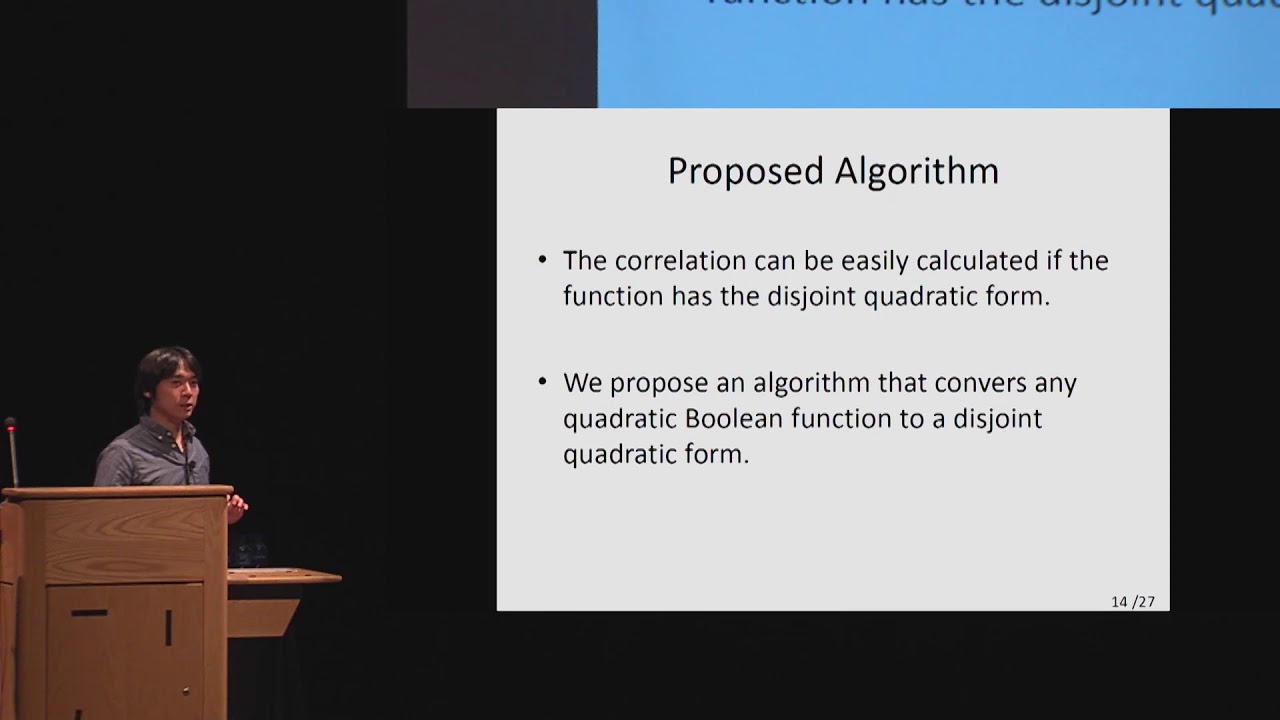Welcome to the resource topic for 2019/172
Title:
Correlation of Quadratic Boolean Functions: Cryptanalysis of All Versions of Full MORUS
Authors: Danping Shi, Siwei Sun, Yu Sasaki, Chaoyun Li, Lei Hu
Abstract:We show that the correlation of any quadratic Boolean function can be read out from its so-called disjoint quadratic form. We further propose a polynomial-time algorithm that can transform an arbitrary quadratic Boolean function into its disjoint quadratic form. With this algorithm, the exact correlation of quadratic Boolean functions can be computed efficiently. We apply this method to analyze the linear trails of MORUS (one of the seven finalists of the CAESAR competition), which are found with the help of a generic model for linear trails of MORUS-like key-stream generators. In our model, any tool for finding linear trails of block ciphers can be used to search for trails of MORUS-like key-stream generators. As a result, a set of trails with correlation 2^{-38} is identified for all versions of full MORUS, while the correlations of previously published best trails for MORUS-640 and MORUS-1280 are 2^{-73} and 2^{-76} respectively (ASIACRYPT 2018). This significantly improves the complexity of the attack on MORUS-1280-256 from 2^{152} to 2^{76}. These new trails also lead to the first distinguishing and message-recovery attacks on MORUS-640-128 and MORUS-1280-128 with surprisingly low complexities around 2^{76}. Moreover, we observe that the condition for exploiting these trails in an attack can be more relaxed than previously thought, which shows that the new trails are superior to previously published ones in terms of both correlation and the number of ciphertext blocks involved.
ePrint: https://eprint.iacr.org/2019/172
Talk: https://www.youtube.com/watch?v=LWF59oB6Le4
See all topics related to this paper.
Feel free to post resources that are related to this paper below.
Example resources include: implementations, explanation materials, talks, slides, links to previous discussions on other websites.
For more information, see the rules for Resource Topics .
